Fish Habitats

Fish require water and a wide diversity of submerged structures to provide them with the right habitat conditions to maintain sustainable populations. The term ‘habitat’ refers generally to an area (or areas) within which the requirements of all life history stages of a species are met*. This may occur over a small area, or it may be made up of a variety of different habitats over a broad landscape. An area where recruitment (new fish) occurs on a scale sufficient to sustain a population, may be different to the adult habitat where feeding and growth occurs. For example, Golden perch may use watery floodplains as nursery habitats, but return to the river system for the remainder of their life cycle. Where species like Golden perch may migrate many kilometres between habitats, others, like the Barred galaxies live in small mountain streams, and have a more restricted, specialised habitat.
Habitat includes both abiotic (non-living) and biotic (living) components. The aboitic components include water body geomorphology (beds, banks, shape), the flow characteristic (high, low, fast, slow) and bed substrate (for example, gravel or sand) type, together with the water chemistry. In most instances, these characteristics are highly dynamic in Australian inland waters, and they directly influence fish and other living things.
Source: Koehn, J.D. and Kennard, M.J. (2013). Habitats, In, Ecology of Australian Freshwater Fishes., Humphries, P. and Walker, K (eds), pp 81-104, CSIRO Publishing, Victoria, Australia
Broad Habitat Types
There are two broad habitat types within freshwater environments, lotic habitats (flowing waters) and lentic habitats (non-flowing waters).
Lotic habitats like rivers and streams, are formed by the interactions between the landscape, geology, climate and vegetation where they are located. The intensity, frequency and duration of rainfall, as well as the gradient, combine to impose energy on the river channel. This creates structures important to fish such as pool/riffle sequences, substrate (riverbed) diversity, undercut banks etc.
Rivers and streams interact in three dimensions.
- Longitudinally – there is a general change along the channel from fast flowing upland slopes to low land, slow flowing and often meandering watercourses. Maintaining longitudinal connectivity is important for fish to be able to access different habitats at different stages of their life cycles.
- Laterally – watercourses connect with their floodplain often connecting with lentic habitats such as floodplain wetlands. Maintaining connectivity with the floodplain is important in maintaining the lifecycles of many fishes.
- Vertically – this covers connections with the underlying bed substrate and groundwater. Changes to groundwater levels will impact on river hydrology and potentially water quality (e.g. saline intrusion).
Lentic habitats are characterised by a general lack of flow, particularly in isolated lakes. The most common natural lentic habitats in the Murray-Darling Basin are associated with floodplains. These floodplains may take on many of the characteristics of lotic habitats during over bank flood events. Persistent floodplain wetlands (ones that don’t dry up) form important refugia for fish when the rest of the floodplain dries up.
The occurrence of lentic habitats has increased significantly since European settlement as a result of the construction of dams and weirs. Much of the Lower Murray resembles a lentic habitat for significant periods due to the number of locks along its length, and this has led to a lack of flow diversity.
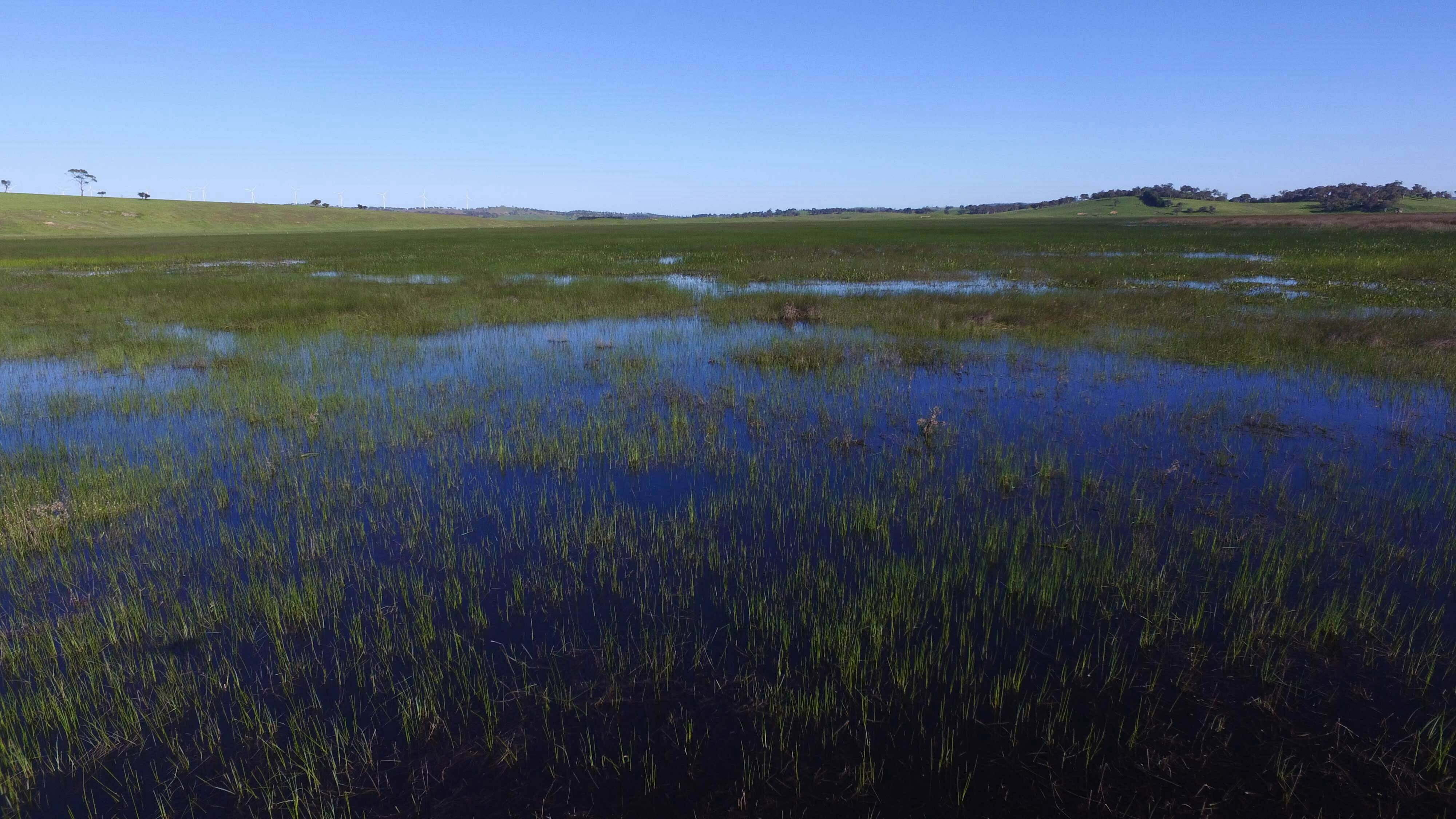

Habitat Diversity
Within the broad habitat types of lentic and lotic, there is a wide diversity of conditions including flow variations, substrate (bed material) types, instream structures (such as log jams), depth, shading (influencing temperature etc.) and water chemistry. This results in a wide range of habitats which fish exploit at various stages in their life cycles. Koehn and Kennard (2013) make the distinction between mesohabitats (e.g. riffles and pools) and microhabitats (e.g.areas of different depth, substrate, cover etc. within a pool or riffle).
This habitat diversity is vital to inland fishes, and varies both spatially and temporally. Fish move between these habitats to access resources depending on their habitat preferences at different stages of their life cycles. Whilst some information is available on the mesohabitat preferences of many freshwater fishes (e.g adult Murray cod are most often associated with deep pools with instream cover; Southern pygmy perch, prefer slow or still waters associated with aquatic vegetation), much less is known about microhabitat preferences.
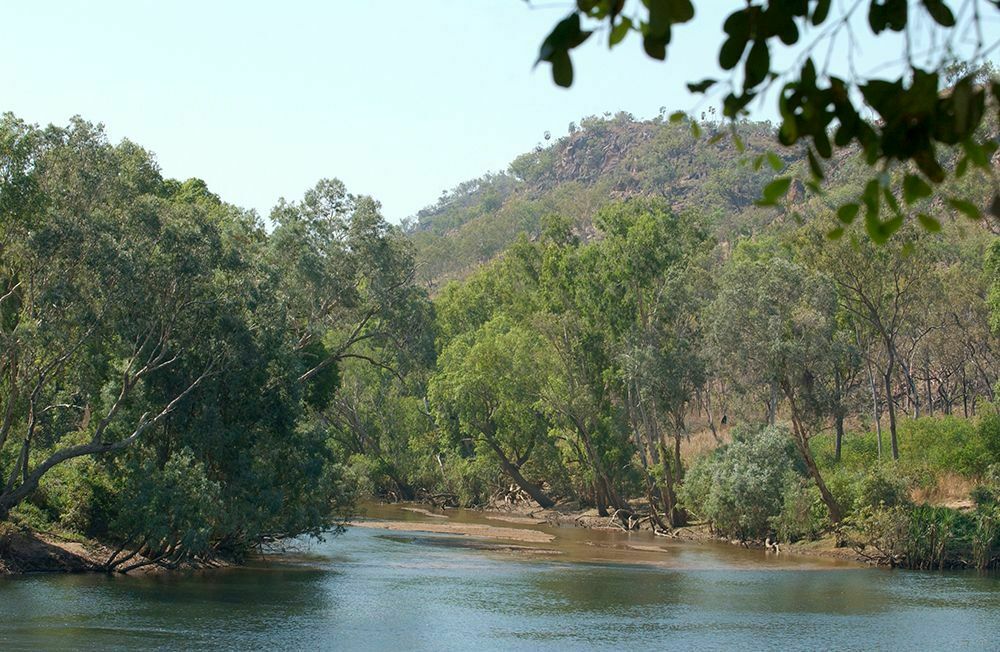
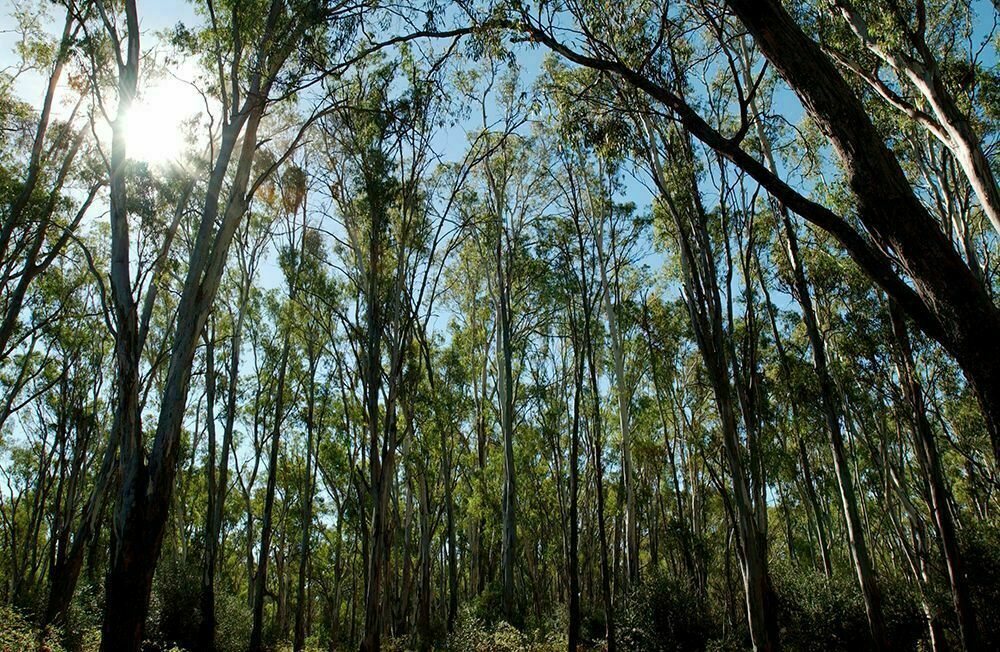
Healthy Fish Populations need Good Habitat
Since European settlement there has been significant habitat degradation throughout the Murray-Darling Basin. This has led to a decline in the numbers and distribution of native fishes. Impacts include; regulation or modification of in stream flows, physical alteration of habitats (infrastructure, river engineering), desnagging, removal of riparian vegetation, erosion and siltation caused by poor land management, changes in water quality (for example, increased salinity), barriers to fish movement reducing access to critical habitat, introduction of alien species (like Carp ) etc.
The Native Fish Strategy (NFS), released in 2003, began addressing the multiple causes of degraded condition of river systems throughout the Murray-Darling Basin with the aim of rehabilitating habitats and fish populations over a 50 year period. The Demonstration Reach program has promoted habitat rehabilitation through involving local communities in the rehabilitation of river reaches and demonstrating the benefits for native fish populations and river health in general.
Future rehabilitation activities continue to build on the experiences of the Native Fish Strategy and focus on protecting and rehabilitating critical fish habitats (e.g. drought refugia), maintaining connectivity between habitats and maintaining habitat diversity and quality across the Basin. Actions should continue to be underpinned with good science and an adaptive management approach.
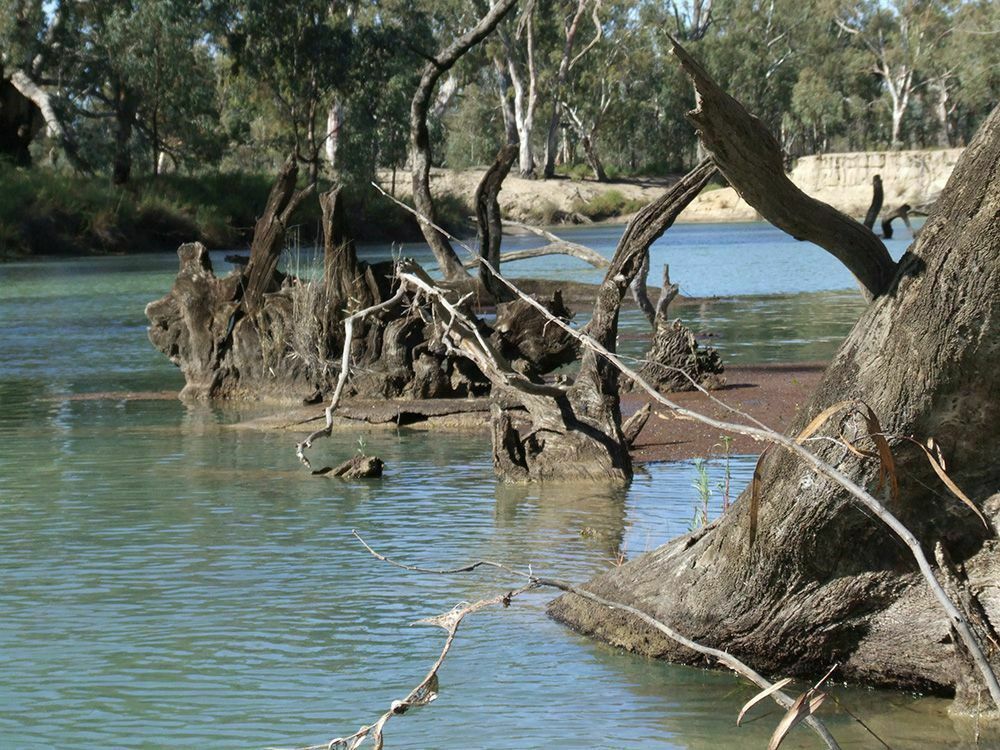
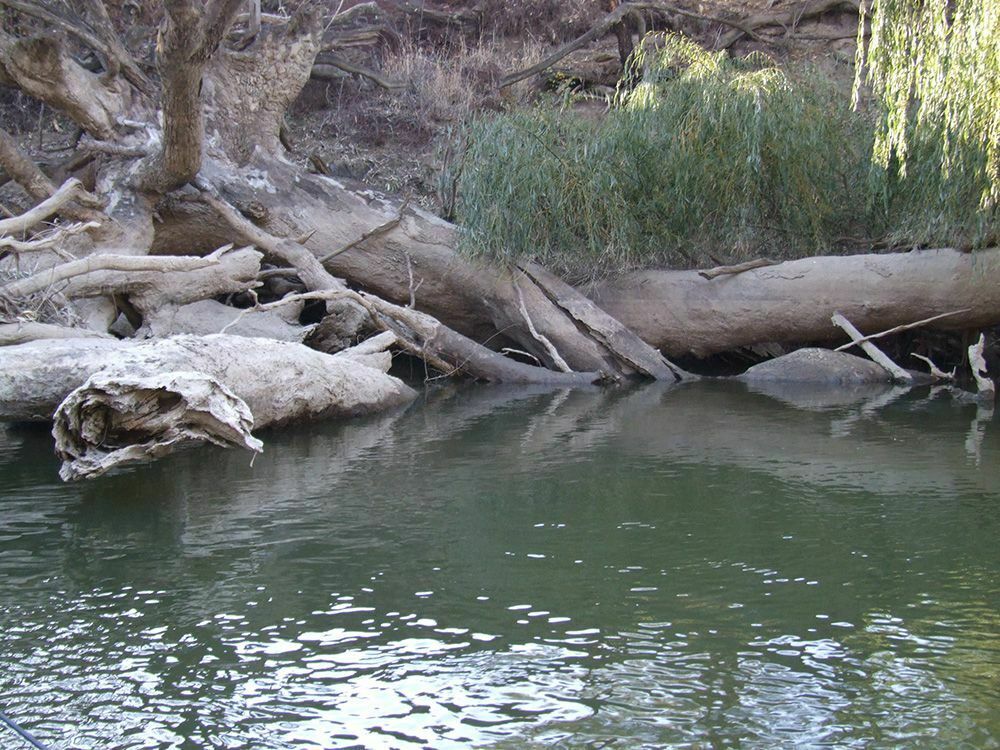
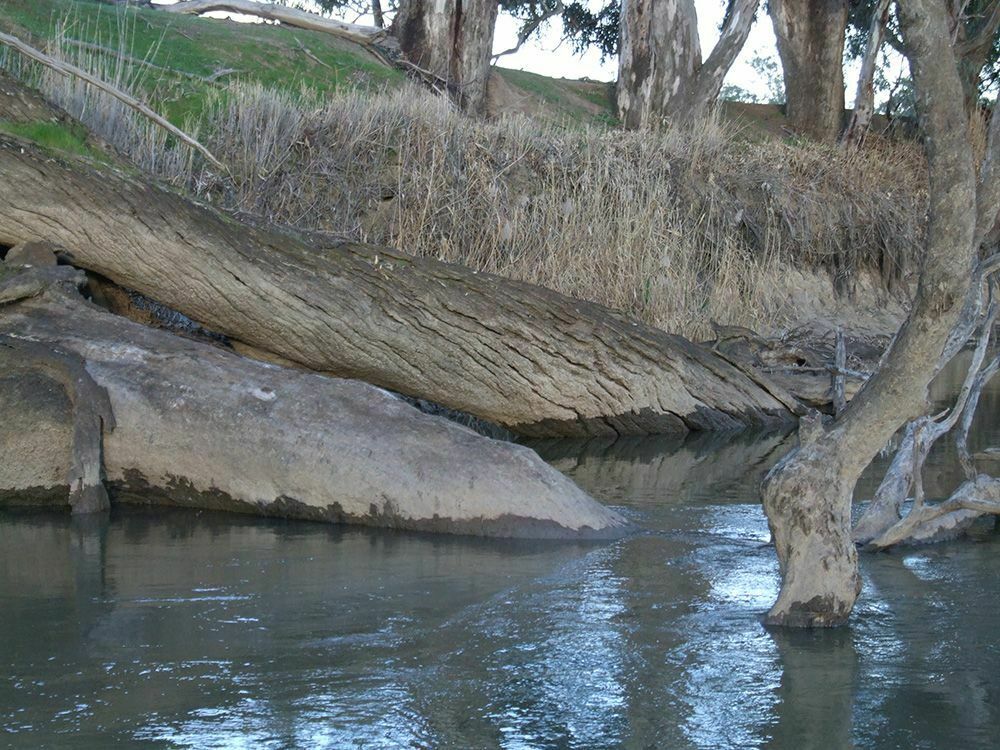
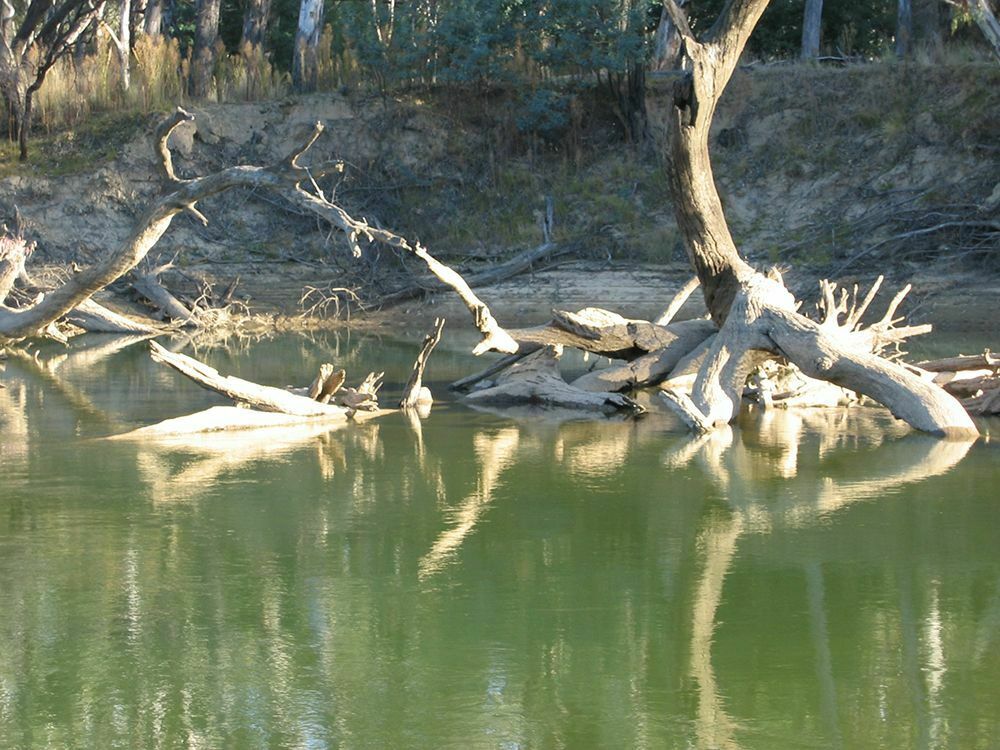
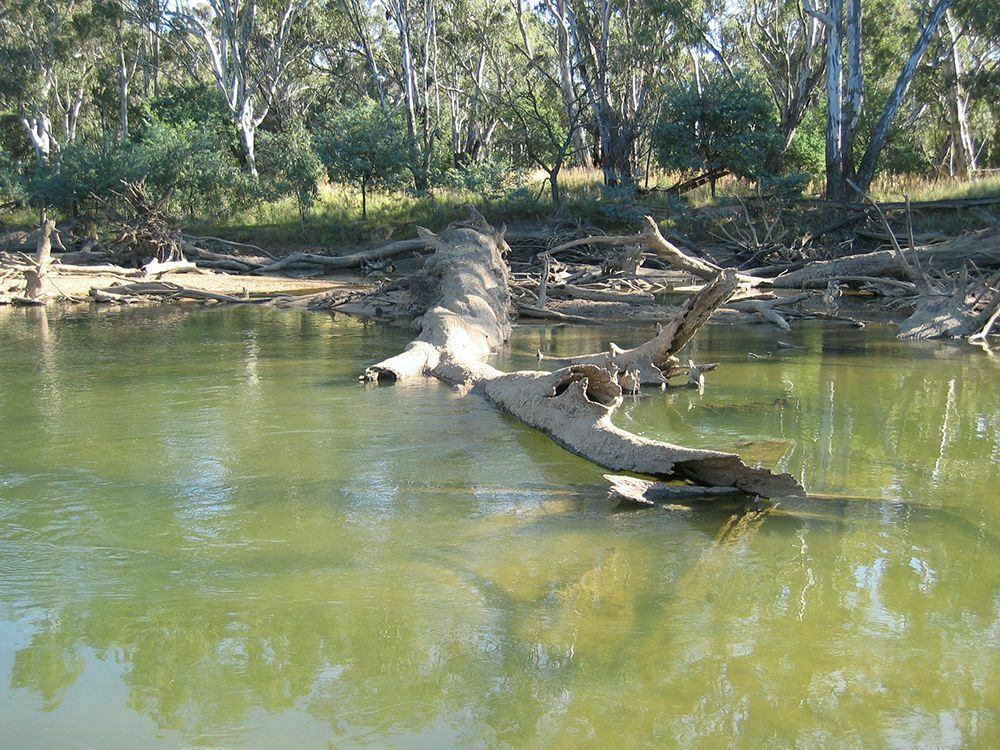
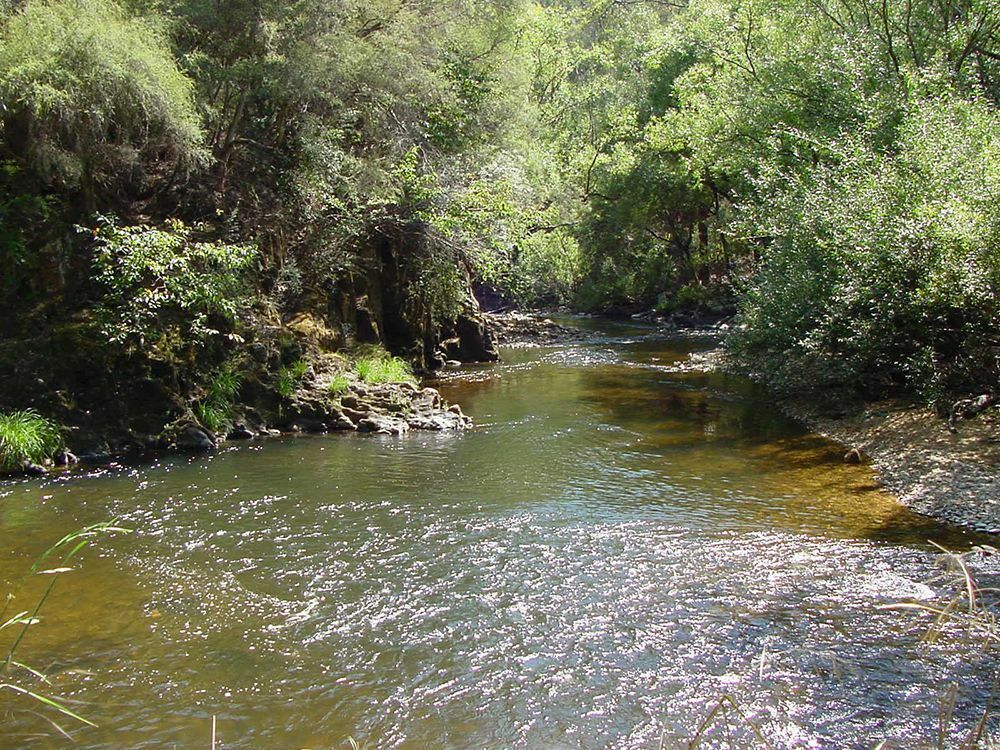
Koehn, J.D. and Kennard, M.J. (2013). Habitats, In, Ecology of Australian Freshwater Fishes., Humphries, P. and Walker, K (eds), pp 81-104, CSIRO Publishing, Victoria, Australia.